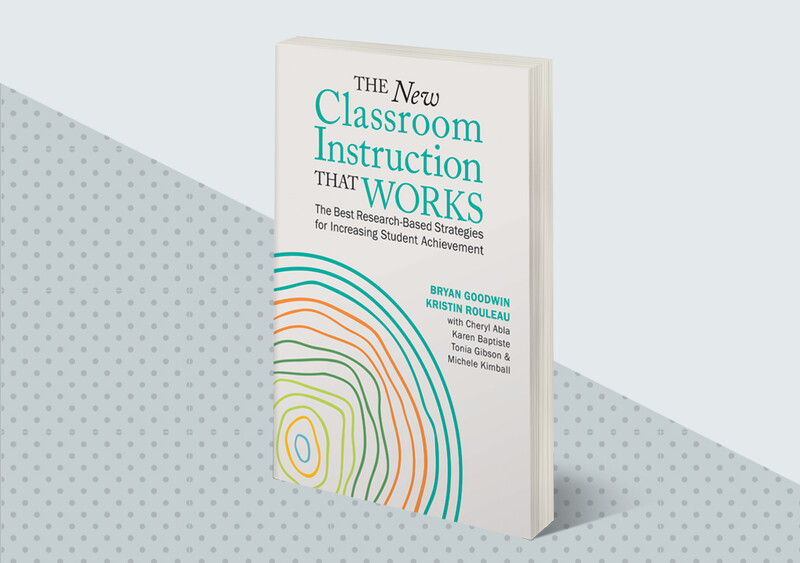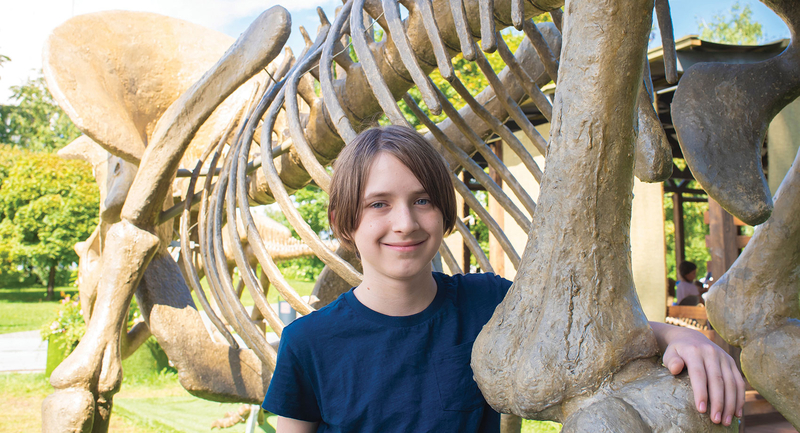For centuries, educators have wrung their hands over how to teach critical thinking to young people—just take a look at Socrates bemoaning the lack of self-questioning among the youth of Athens. One explanation for why this has long been a vexing challenge is that, according to cognitive science, applying logic and analyzing ideas (including our own) do not come naturally to us as human beings (Kahneman, 2011).
The good news: A new generation of scientific research conducted in classrooms with a diverse array of students points to powerful strategies that lift all learners precisely because they support students' ability to think deeply and critically about their learning.
Critical thinking skills do not develop via osmosis or incidental exposure to critical thought.
Before we dive into those strategies, though, it may be helpful to understand a few things about critical thinking.
Critical thinking is subject-specific. Art critics and football analysts are, arguably, both critical thinkers in their own right. Yet we wouldn't want an art critic to offer color commentary for the Super Bowl or a sportscaster to serve as a docent at the Museum of Modern Art. The same principle applies to academics. As cognitive scientist Daniel Willingham (2007) notes, being able to solve a complex mathematics problem does not transfer to being able to analyze a historical text or construct a well-reasoned essay. We must help students develop distinct critical thinking skills in all subject areas.
We must teach critical thinking skills directly. As I've noted previously in this column, (Goodwin, 2017), critical thinking skills do not develop via osmosis or incidental exposure to critical thought. A study that compared the effects of providing one group of college students with direct instruction in critical thinking and another with texts that reflected analytical and evaluative thinking found the first group to be far more capable of demonstrating critical thinking afterward (Marin & Halpern, 2011).
Mental models are key to critical thinking. In many pursuits, critical thought depends on our ability to use and reflect on mental models, or schema. Research has shown that one of the biggest differences between experts and novices is that experts use well-developed mental models to solve problems by categorizing them, creating a mental representation of them, retrieving strategies for solving them, and reflecting afterward on the validity of their answers (Nokes, Schunn, & Chi, 2010). So, to help students develop critical thinking skills, we must help them develop mental schema for solving problems.
Three Strategies to Support Critical Thinking
Recently, my colleagues at McREL International identified and analyzed 105 high-quality scientific studies on effective teaching practices that serve as the basis for our book The New Classroom Instruction That Works (ASCD, 2022). Findings from these studies reveal three powerful teaching strategies that support significant gains in student learning and the development and use of critical thinking strategies. 1. Structured problem solving
It can be highly effective to ask students to solve complex real-life problems (such as designing and calculating the costs to construct a skateboard ramp) while helping them develop the mental schema needed to solve these problems. Many studies that support this strategy, in fact, refer to it as "schema-based" or "schema-broadening" instruction, as it guides students through a step-by-step process of learning to recognize what type of problem they are solving, using the appropriate strategies for solving it, reviewing their solutions, and revisiting these strategies if their initial solutions don't make sense.
2. Cognitive writing
Engage students in extended writing tasks by asking them to respond to high-level thinking prompts about prior learning (such as explaining phenomena, analyzing and evaluating evidence, or developing and defending their own ideas). Similar to structured problem solving, this strategy does more than simply ask students to write about their learning; it also provides direct instruction in critical thinking skills by, for example, providing students with "toolkits" of thinking strategies such as reflecting on prior knowledge, identifying main ideas, revising thinking, and self-assessing progress (Olson et al., 2017). Teachers can also provide printed materials that guide students through the process of extracting key ideas from texts, developing original ideas, and arranging their thinking (Collins et al., 2017).
3. Guided investigations
Studies show that engaging students (in both science and social studies classrooms) in a combination of teacher-directed and student self-directed learning can help develop their cognitive thinking skills. These learning activities typically include students reading high-interest texts, conducting experiments and investigations to test hypotheses and assumptions, collecting data and gathering evidence via close observation and reading, and using evidence to support findings and conclusions. Notably, we call this strategy guided investigations because students aren't left to wander on their own. Teachers can give mini-lectures along the way to explain key concepts, build vocabulary knowledge, and demonstrate processes. Moreover, the investigations themselves are framed with teacher-provided questions that prompt students to think about their learning by sharing their interpretation of data through, for example, "think and write" exercises (Lynch et al., 2007).
Toward More Joyful Learning
Some more good news: You don't have to drop everything to teach critical thinking. You can weave it into everyday classroom lesson and units. Giving students opportunities to investigate interesting topics, solve real-world problems, and share their ideas through writing are not only effective teaching strategies, but they are also highly engaging learning activities, which can make the entire process of learning richer and more joyful—for students and teachers alike.
The New Classroom Instruction That Works
An all-new third edition provides a rigorous research base for instructional strategies proven to promote meaningful learning.










